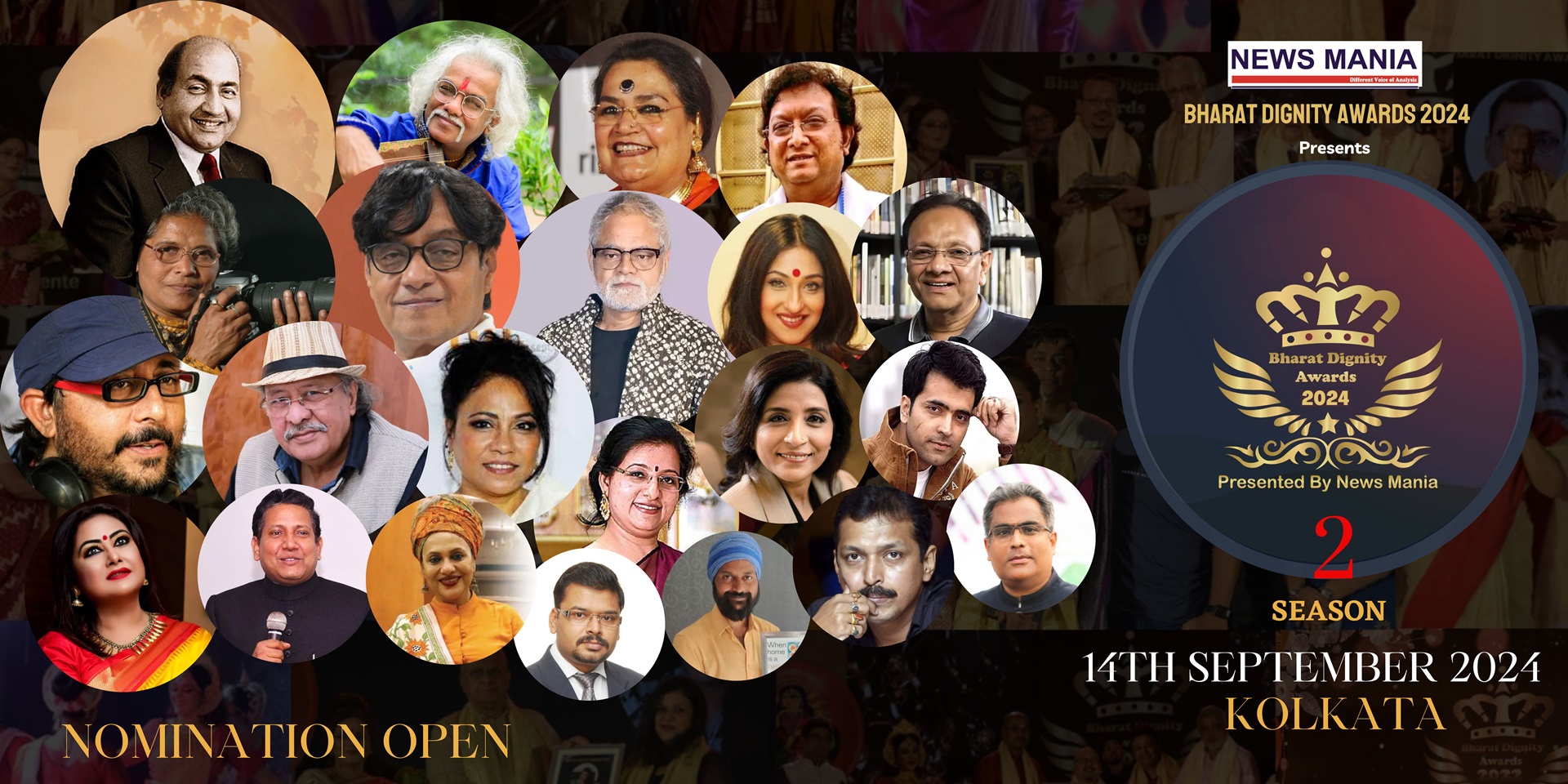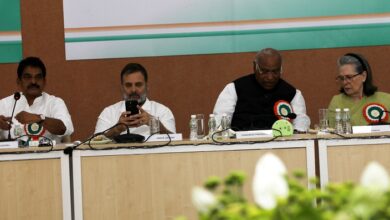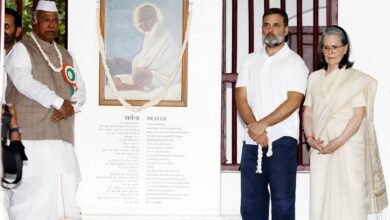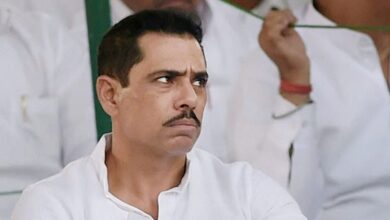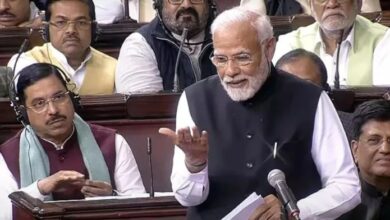How the BJP struck the right chord in Delhi, resonating with Modi’s melody.
News Mania Desk / Piyal Chatterjee / 9th February 2025
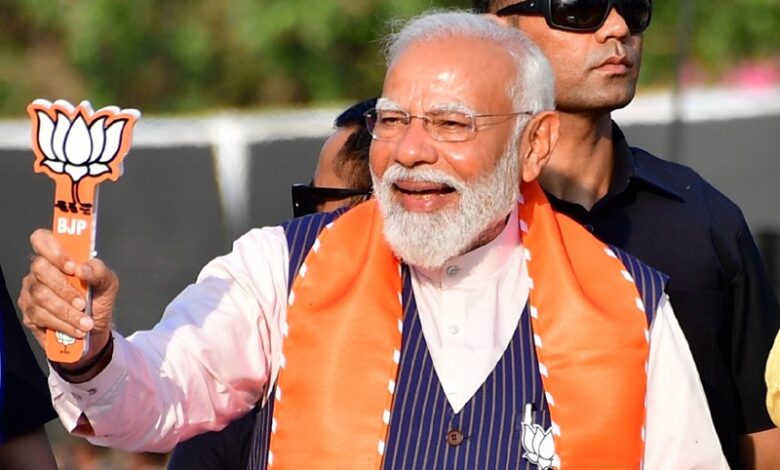
The BJP’s success in Delhi serves as further confirmation that Prime Minister Narendra Modi’s reputation as a victorious candidate remains intact. The victory follows significant Assembly election wins for the BJP in Maharashtra and Haryana, two states where it was expected to lose. A comeback in Delhi after over 27 years firmly dispels the lingering influence of the Lok Sabha outcomes from less than a year prior on the BJP.
The victory in Delhi reflects a vote of confidence in the trustworthiness of “Modi’s assurances” during a period when all parties – national and regional – compete in welfare politics, along with the PM’s commitment to “good governance.” Overcoming the Aam Aadmi Party (AAP) is more than just a challenge in Delhi for the BJP, as the Arvind Kejriwal-led group has questioned the BJP’s authority in the North. The absence of the Capital in its control, despite reshaping politics nationwide, continued to be a point of frustration for the BJP.
After successfully resisting the BJP in the state elections on two occasions since Modi’s emergence, Kejriwal also presented himself as a contender to the Prime Minister. Following the slim victory in 2013 and the collapse of the AAP government, Kejriwal also contested against Modi from the Varanasi Lok Sabha constituency in the 2014 general elections.
Aiming to crush the AAP, the BJP spared no effort in Delhi, receiving significant support from the Centre. The Kejriwal administration faced ongoing disputes with the Lieutenant Governor, with the Centre intensifying control since 2020 following V K Saxena’s appointment as LG. In the past few years, the Kejriwal administration faced numerous constraints, as officials communicated directly with the LG, while the senior AAP leadership engaged in legal battles or ended up incarcerated.
As the Delhi election campaign drew to a close, the Modi government established the Eighth Pay Commission and revealed substantial tax relief for the middle class in the Union Budget – both actions were positively received by the BJP’s middle class supporters and the numerous government officials in the Capital’s extensive bureaucratic structure. As Modi campaigned for votes under his own name and the BJP utilized all its prominent figures in the effort, it seemed to overshadow the deficiencies within the Delhi unit. The local BJP has consistently been viewed as having failed to be a rival to the AAP in Delhi, with its failure to present a chief ministerial candidate seen as proof of this.
In contrast, the AAP began robustly, launching early in declaring candidates and canvassing neighborhoods. It strengthened its stance on welfare politics and vowed to expand upon it, despite the BJP’s corruption allegations against Kejriwal failing to gain traction. The BJP ultimately relied on the Modi card, assured that the PM continued to be well-liked. In the general elections last year, the BJP secured all seven of Delhi’s Lok Sabha seats for the third time in a row.
In addition to emphasizing Modi, the BJP customized its campaign for different groups, considering the varied linguistic, regional, and social diversity of Delhi. The major rallies were reserved for the highest leaders, whereas the party’s local leaders concentrated on small gatherings, including those held in private homes. For instance, a group of BJP leaders headed by national general secretary Tarun Chugh and former Union minister Rajeev Chandrasekhar held approximately 5,000 of these small gatherings in the seven weeks leading up to the election.
The BJP’s manifesto revealed the party’s newfound confidence regarding freebies and directly challenged AAP’s commitments. Modi stated multiple times that if the BJP gained power, Kejriwal’s well-liked initiatives, including free bus rides for women and limited free power and water, would not be halted. There was an absence of Hindutva rhetoric, influenced both by the party’s perception from the ground and the reality that the AAP had also demonstrated a readiness to pursue that path.
Moreover, the BJP highlighted problems such as air pollution, the polluted Yamuna, and the declining quality of life as clear shortcomings of the 12-year AAP administration – resonating with the Capital’s significant middle class that felt these weren’t priorities for the AAP. BJP officials also pointed to their choice of candidates as a triumph, featuring seasoned leaders like Dushyant Gautam, Ramesh Bidhuri, Kapil Mishra, Parvesh Sahib Singh, along with newer faces like Harish Khurana and Ravinder Singh Negi. Numerous candidates secured surprising victories on Saturday, including Bidhuri defeating the current CM Atishi and Parvesh Singh overcoming Kejriwal.


